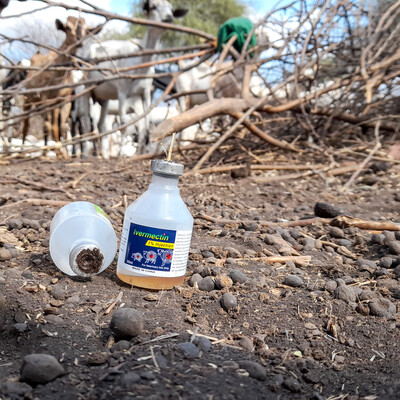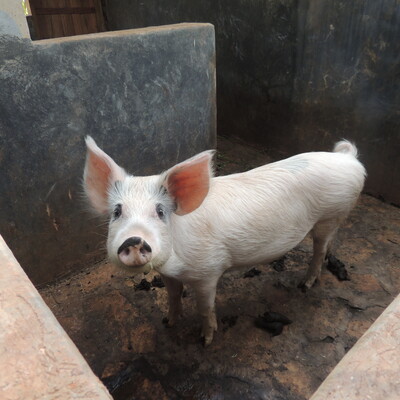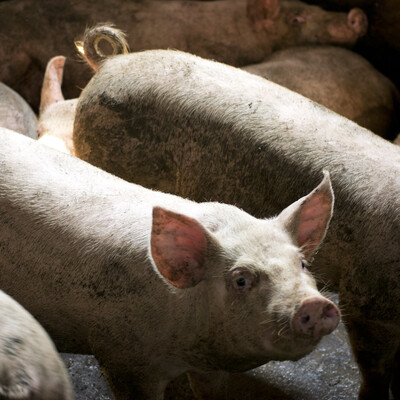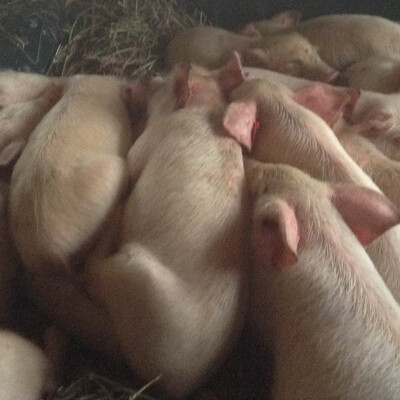
Engaging non-scientists in the scientific process: India project employs ‘participatory system dynamics modelling’ to improve control of livestock diseases in the country
(The post was written by Kennady Vijayalakshmy, a consultant scientist with ILRI in South Asia.)
The Indian Council of Agricultural Research (ICAR) and the International Livestock Research Institute (ILRI) are conducting a collaborative project on use of participatory methods in animal disease economic studies. These methods help officials refine their understanding of the economic losses caused by diseases in livestock and also inform policies developed and implemented to better control these diseases.
‘Participatory modeling is a purposeful learning process for action that engages the implicit and explicit knowledge of stakeholders to create formalized and shared representation(s) of reality. In this process, the participants co-formulate the problem and use modeling practices to aid in the description, solution, and decision-making actions of the group. . . . The participants structure the problem, describe the system, create a computer model of the system, use the model to test policy interventions, and propose one or more solutions.’
—Wikipedia
At a workshop to train 15 scientists in these participatory methods, held 24–26 Jul 2019 and hosted by ILRI at its regional office in New Delhi, Habibar Rahman, ILRI’s regional representative for South Asia, said that fully 35 per cent of the losses occurring in India’s agricultural and livestock sectors is due to diseases and pests. Joykrushna Jena, ICAR’s deputy director general for animal science and fisheries, responded that India should focus on reducing not only such direct losses but also the indirect losses caused by livestock diseases.
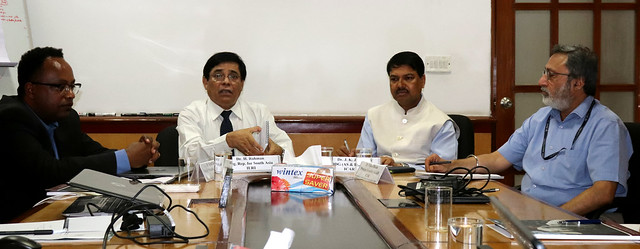
Habibar Rahman (second from left), ILRI regional representative for South Asia welcomes guests to the training workshop (photo credit: ILRI).
Participants of the training workshop explored the application of ‘system dynamics modelling’ to aid policy interventions in disease control. Sirak Bahta, an ILRI agricultural economist, instructed the 15 Indian scientists in use of STELLA Architect software in system dynamic modelling and guided them in how to conduct participatory sessions with various livestock value chain actors. This instruction was part of ‘group model building’, which helps scientists to obtain relevant information and to ‘parameterize’ relationships that exist in a given livestock system. The participants were exposed to the scripts of group model building sessions, which included the hopes and fears expressed by livestock value chain actors. The more technical aspects of this training covered concept model, variable elicitation, reference modes elicitation, structure elicitation, reflector feedback and transferring group ownership from one image to another.
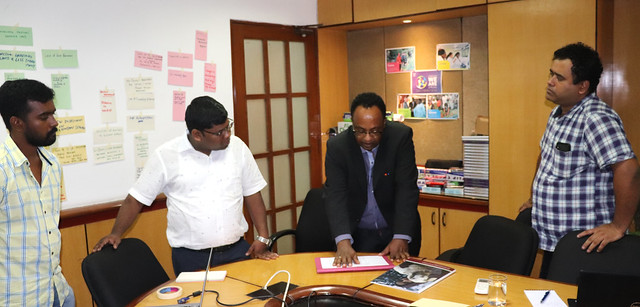
Participants discuss in groups to explore the best ways forward for the collaborative ICAR-ILRI project (photo credit: ILRI).
Discussing the best ways forward for the collaborative ICAR-ILRI project, the participants agreed to take an approach based on case studies. Such an approach is grounded in considerable primary fieldwork to compare control strategies and their economic impacts across different regions and kinds of livelihoods. This project will employ participatory system dynamics modeling in its analytical platform and will provide typologies for intervention options along different economic, livelihood and agro-ecological dimensions. Activities in the first two years of the project will focus on peste des petits ruminants (PPR), with the focus broadening in the following two years to include one or two additional diseases, such as haemorrhagic septicemia and brucellosis.
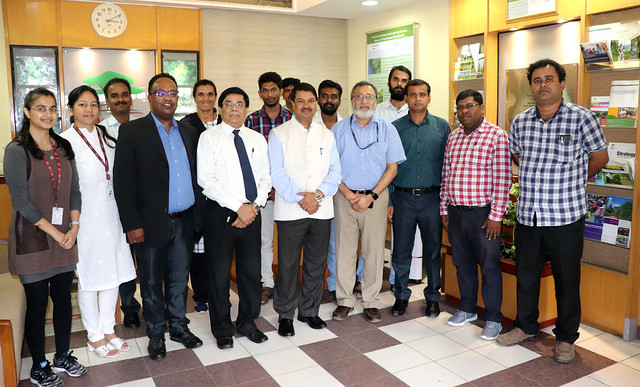
Team photo at the training workshop (photo credit: ILRI).
Read more about system dynamics modelling technique and its usage at ILRI.






